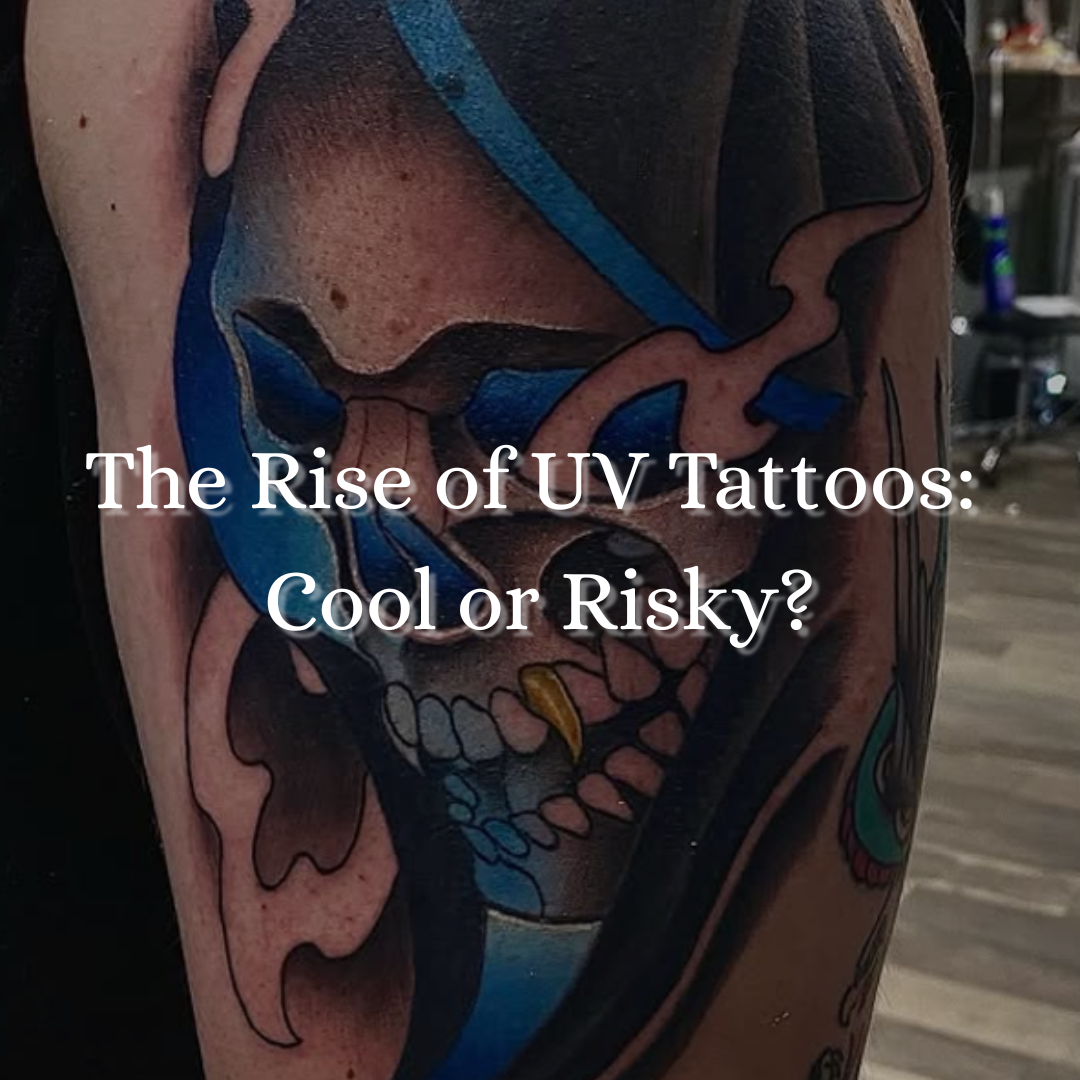Tattoos have become more mainstream than ever, but many still wonder: do tattoos affect job In recent years, UV tattoos—also known as blacklight tattoos—have surged in popularity, especially among those looking for ink that’s bold, unique, and sometimes even invisible under regular light. These tattoos are created with special ink that glows under ultraviolet (black) light, giving them a futuristic edge. But with their growing trend comes an important question: are UV tattoos just cool, or are they risky?
What Are UV Tattoos?
UV tattoos use ink that reacts to ultraviolet light, making them glow in the dark or appear under blacklight. Some designs are completely invisible in normal lighting, while others combine regular and UV-reactive ink for a dual effect.
People often choose UV tattoos for stylistic reasons—think hidden messages, glowing celestial designs, or club-ready body art.
The Cool Factor
- Unique Aesthetic: UV tattoos are eye-catching and unlike anything else.
- Dual Visibility: You can have a tattoo that only shows up when you want it to.
- Creative Freedom: Artists can create glowing constellations, neon patterns, or secret symbols.
For those who frequent clubs, raves, or events with blacklights, these tattoos can be a bold fashion statement.
The Risks & Controversy
Despite their appeal, UV tattoos raise health and safety concerns.
- Ink Safety: Not all UV inks are FDA-approved. Some contain phosphorus or other potentially irritating substances.
- Allergic Reactions: UV ink has been linked to higher instances of skin irritation and allergic responses.
- Fading & Scarring: These tattoos can fade unevenly and are harder to remove with laser treatments.
- Harder to Tattoo: The ink consistency is different, which can make the process more difficult and less predictable.
What to Consider Before Getting a UV Tattoo
If you’re thinking about getting one:
- Do Your Research: Choose an experienced artist familiar with UV ink.
- Check the Ink: Ask about the brand and ingredients of the UV ink being used.
- Patch Test: If you have sensitive skin, request a patch test before the full tattoo.
- Aftercare: UV tattoos may require more careful healing, so follow your artist’s advice closely.
Final Thoughts
UV tattoos are undeniably cool and offer a unique twist on body art. But the risks mean you should approach them with extra care. As always, make sure your decision is informed—because while the ink might glow, you don’t want to regret it.
Want to read another article? Click here to check out our blog! Follow on Instagram (@tattoosbycesarperez) and Facebook (/TattoosByCesargiovanny)

